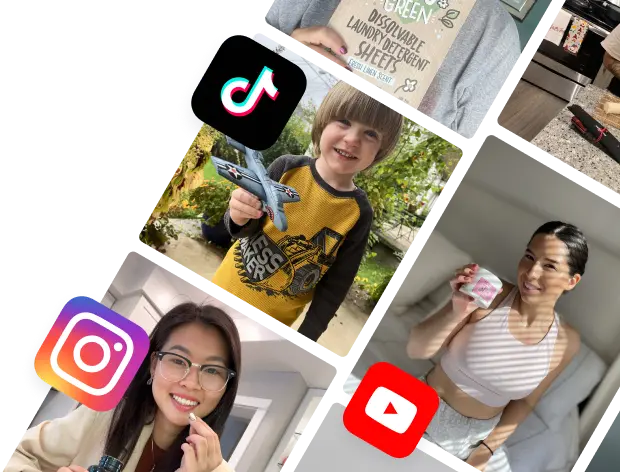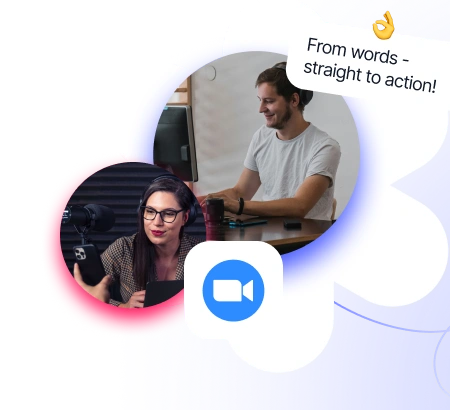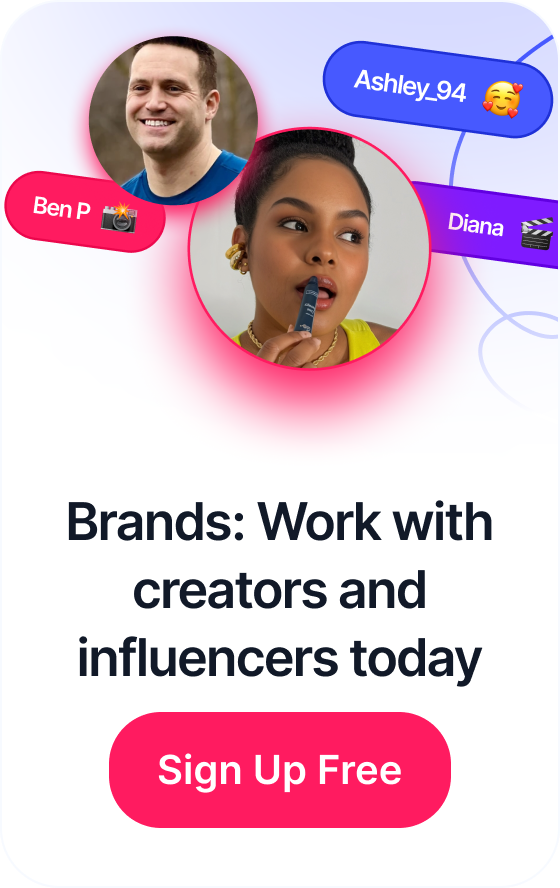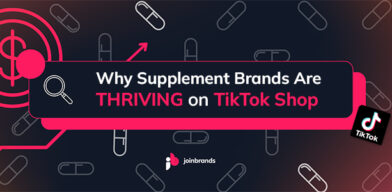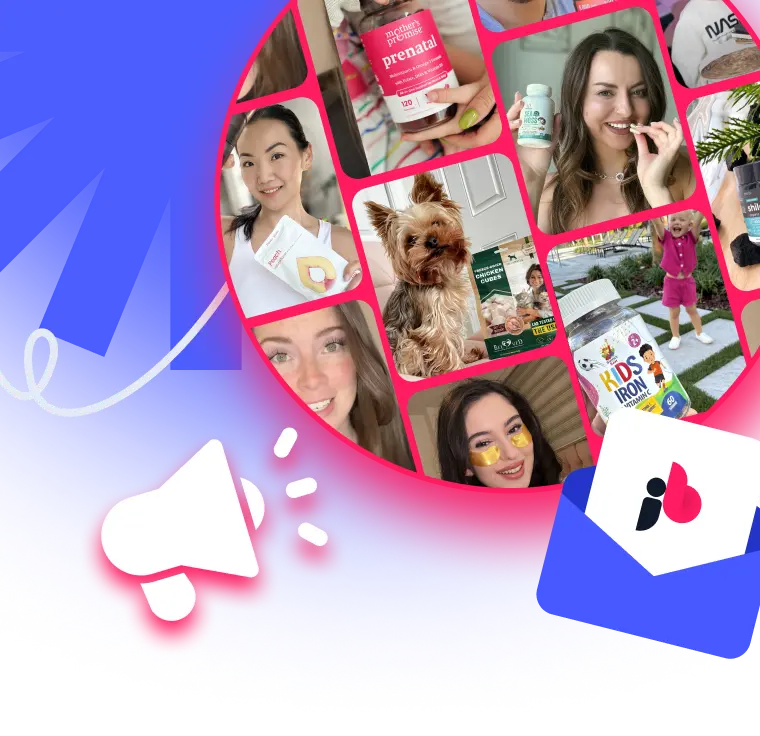 How to Increase Social Media Engagement
How to Increase Social Media Engagement
Before you even think about writing a single line of copy or putting a dollar behind an ad, you need a solid game plan. A winning marketing campaign isn't built on guesswork; it's meticulously constructed on a strategic foundation. This is what separates the campaigns that convert from the ones that just make noise.
This initial planning phase ensures all your efforts are cohesive and tied directly to what you want to achieve for your business. Think of it as creating a comprehensive digital marketing strategy framework. Getting this right from the start is absolutely non-negotiable if you're serious about seeing a high return on investment.
The 5 Core Stages of a Marketing Campaign
Every effective campaign, no matter the product or industry, moves through a logical lifecycle. Understanding these stages keeps you organized, helps you make smarter, data-driven decisions, and allows you to constantly refine your approach for better results down the road.
Here's a breakdown of the essential stages every successful marketing campaign follows, from the initial spark of an idea to the final performance review.
| Stage | Key Objective | Primary Activities |
|---|---|---|
| 1. Planning & Strategy | Define goals, target audience, and budget. | Market research, competitor analysis, setting KPIs, and resource allocation. |
| 2. Creative Development | Craft compelling messaging and visuals. | Copywriting, graphic design, video production, and influencer content creation. |
| 3. Execution & Launch | Go live across selected channels. | Scheduling posts, launching ad sets, coordinating with influencers, and PR outreach. |
| 4. Monitoring & Optimization | Track performance and make real-time adjustments. | A/B testing ad creatives, adjusting bids, and reallocating budget to top performers. |
| 5. Analysis & Reporting | Measure final results against goals. | Analyzing final metrics, calculating ROI, gathering insights for future campaigns. |
Following this progression isn't just about checking boxes; it's about building a repeatable system for success that gets sharper with every launch.
This infographic really simplifies the powerful three-stage flow that powers any high-converting campaign.
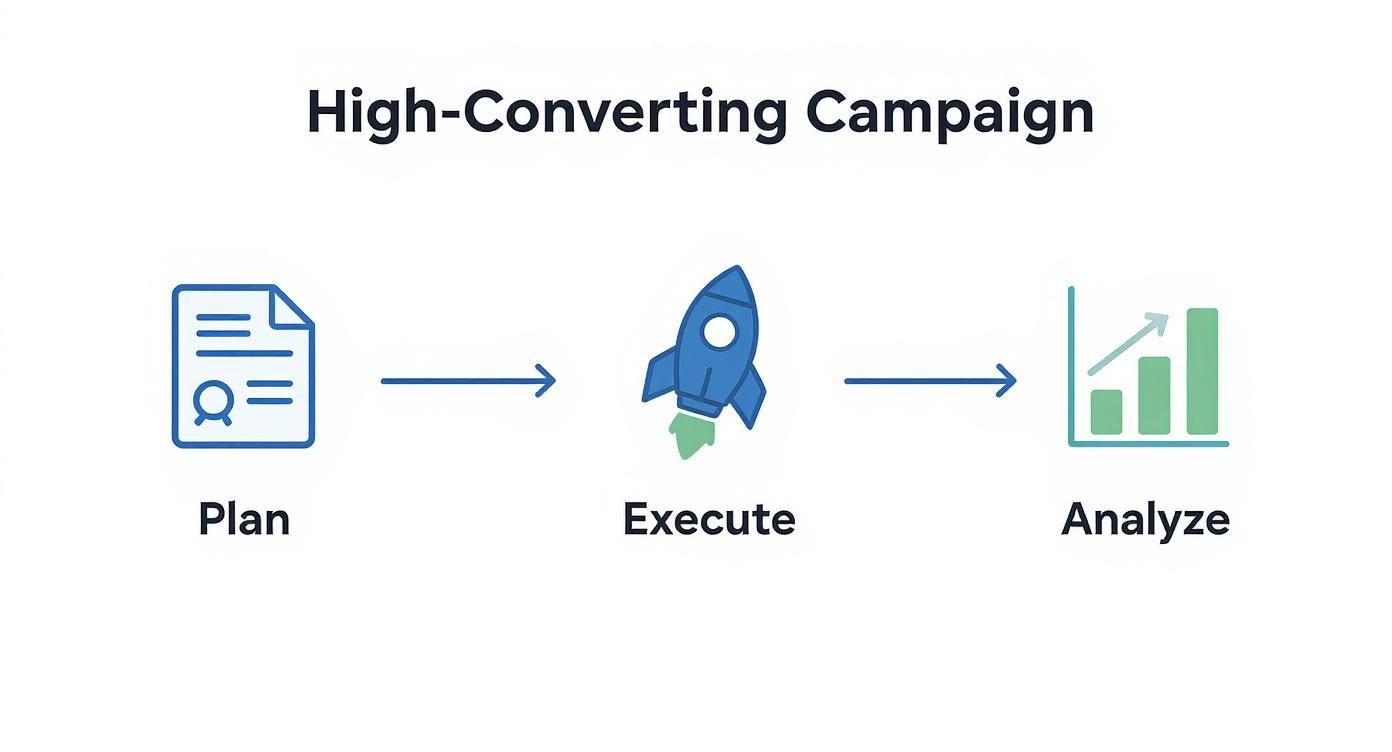
As you can see, success isn't a one-and-done deal. It's a continuous loop of planning, acting, and learning from what the data tells you.
Cutting Through the Noise
Let's be real—the modern advertising world is incredibly saturated. It's estimated that the average person is bombarded with 6,000 to 10,000 ads every single day. That's a staggering amount of noise to compete with, which makes grabbing and holding someone's attention harder than ever.
This is exactly why authentic, emotional connections have become the most valuable currency in marketing. The challenge is real, too. Only about 60% of marketers actually feel their strategies are effective, which just goes to show how many brands are still struggling to adapt.
A well-planned campaign doesn't just shout into the void; it speaks directly to the right people on the right platforms. This targeted communication is the key to breaking through the overwhelming noise and driving real results.
To make a real impact, you have to be consistent wherever your audience finds you. A well-orchestrated multi-channel marketing campaign makes sure your message and brand feel seamless, whether it's on social media, in an email, or on your website. This cohesive approach doesn't just amplify your message—it dramatically boosts your potential to convert.
Table of Contents
Setting Goals and Defining Your Audience
A marketing campaign without a clear destination is just noise. Before you spend a single dollar on ads or ask an influencer to post, you have to define what success actually looks like and who you're trying to reach. This is the foundation—it makes sure every decision you make is strategic, intentional, and actually moves the needle for your business.
Trying to launch a campaign with a vague goal like "increase sales" is like setting off on a road trip with no map. You'll burn a lot of fuel and end up nowhere. Instead, your objectives need to be specific and measurable, connecting your marketing activities directly to tangible business outcomes.
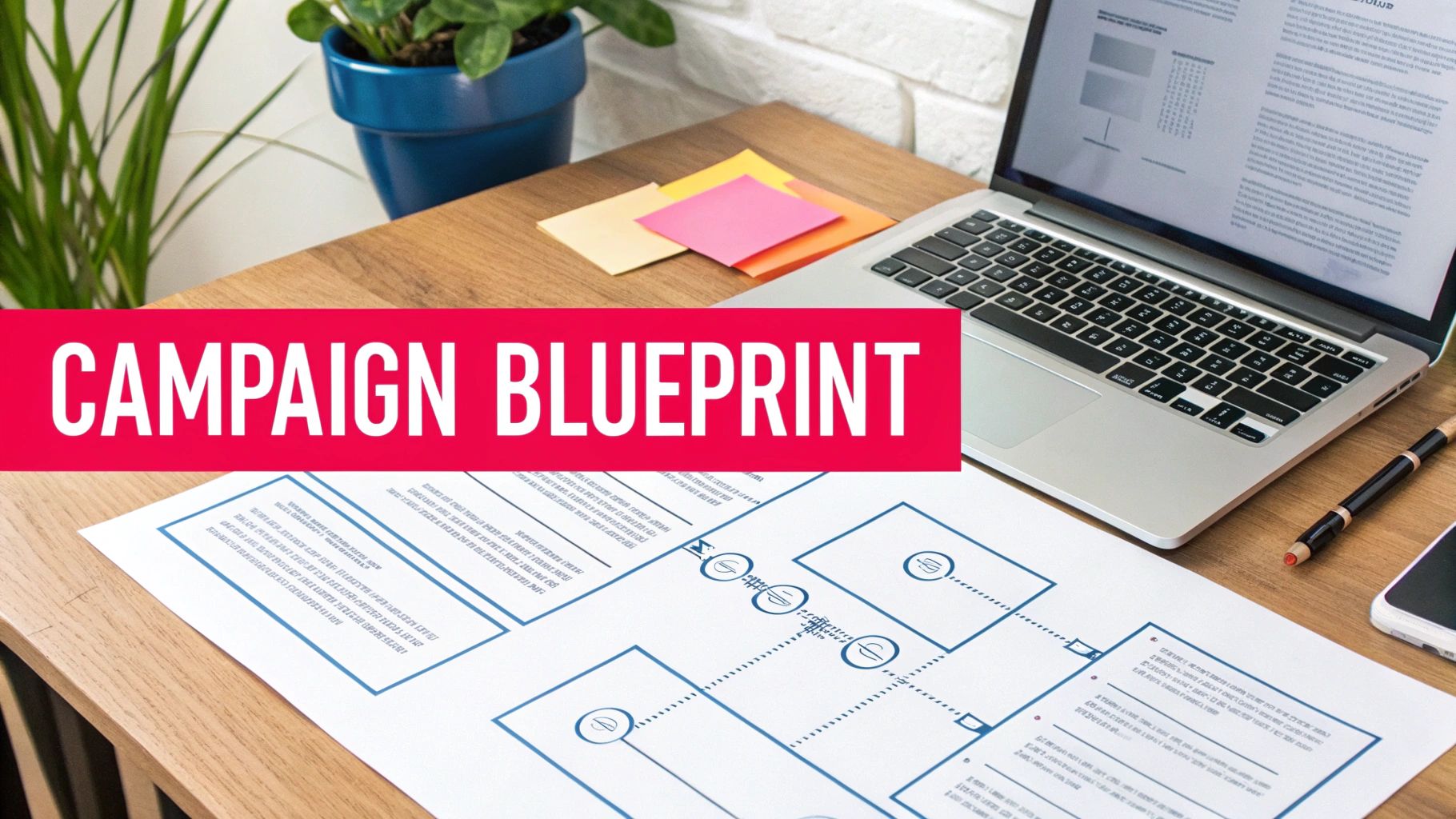
From Vague Ideas to Specific Objectives
To build a campaign that truly delivers, you need to set goals that leave zero room for interpretation. The SMART framework is a classic for a reason—it works. It forces you to create objectives that are Specific, Measurable, Achievable, Relevant, and Time-bound.
Let's see this in action for a DTC brand selling eco-friendly skincare:
Vague Goal: Get more brand awareness.
SMART Goal: Increase our Instagram follower count by 15% and hit 500,000 impressions from influencer collaborations within Q3.
Vague Goal: Boost product sales.
SMART Goal: Achieve a 3:1 Return on Ad Spend (ROAS) for our new serum launch campaign running from October 1st to November 15th.
See the difference? That level of detail gives your team a clear target. You know exactly what you're measuring, what the timeline is, and what a "win" looks like.
Digging Deeper to Find Your Ideal Customer
Once your goals are locked in, the next piece of the puzzle is defining your audience. Trying to appeal to everyone is a surefire way to connect with no one. The best campaigns are built on a deep, almost personal understanding of the ideal customer. You have to move way beyond basic demographics.
Knowing your audience is a 28-year-old woman is a start, but it's not nearly enough. You need to uncover her motivations, her struggles, and where she spends her time online.
You don't just want to reach people; you want to resonate with the right people. This is the difference between an ad that gets ignored and a message that feels like it was written just for them.
To get this granular, you need to explore psychographics—the "why" behind their behavior.
- What are their core values? (e.g., sustainability, convenience, self-care)
- What are their biggest pain points? (e.g., sensitive skin, confusing ingredient lists)
- Where do they hang out online? (e.g., TikTok for tutorials, Instagram for brand discovery)
- Who influences their purchasing decisions? (e.g., dermatologists, clean beauty bloggers)
Answering these questions transforms a generic demographic into a vivid customer persona. For instance, our skincare brand isn't just targeting "millennial women." They're targeting "Conscious Chloe," a 28-year-old urban professional who values ingredient transparency, follows micro-influencers for authentic reviews, and is willing to pay a premium for sustainable packaging.
Practical Ways to Uncover Audience Insights
Building a detailed persona isn't guesswork. It's about using the data and tools you already have at your fingertips to listen to what your customers are telling you.
Here are a few actionable ways to gather these insights:
Dive into Social Media Analytics: Tools like Instagram Insights or a TikTok Business account provide a ton of data on your current followers. Look at their age, location, and when they're most active. More importantly, pay attention to the comments and DMs to understand their questions and the language they use.
Analyze Your Customer Data: Your e-commerce platform is a goldmine. Look at purchase history to identify your most loyal customers and best-selling products. What do these customers have in common?
Send Out Customer Surveys: A simple survey can give you direct answers. Use tools like SurveyMonkey or Typeform to ask a mix of multiple-choice and open-ended questions about their lifestyle, challenges, and what they love about your brand. Offering a small discount can seriously boost response rates.
This research allows you to tailor your entire campaign. You'll know which influencers "Conscious Chloe" trusts, what kind of ad creative will stop her scroll, and which messaging will speak directly to her pain points about finding effective, ethical skincare.
This focus on genuine connection is becoming a global standard. Authenticity and personalization are now key pillars in building successful global marketing campaigns. Consumers are actively seeking real brand experiences that reflect their values, which is why marketing experts predict that authentic storytelling—sharing real customer and community stories—will be most effective. You can discover more about the future of global marketing and how to succeed on welocalize.com. By deeply understanding your audience, you can craft these authentic messages that build lasting loyalty.
Choosing Channels and Crafting Your Message
Alright, you’ve got your goals locked in and a crystal-clear picture of who you're talking to. Now for the fun part: deciding where to have the conversation and exactly what you're going to say.
This isn't about blasting your message across every platform you can think of. That's a surefire way to burn through your budget with mediocre results. The real magic happens when you show up in the right places—the digital hangs where your ideal customers are already scrolling, searching, and shopping. From there, it's all about crafting a message that doesn't just get seen but actually felt.
This is where your strategy gets its hands dirty and turns into actual creative work. You’re moving from the whiteboard to the real world, building the touchpoints that will grab your future customers' attention.

Matching Your Channel to Your Audience
The marketing playbook is massive, but your time and money aren't. Being selective is your superpower.
Think back to that customer persona you built. Where do they really spend their time online? What's on their screen when they're looking for inspiration or just killing a few minutes?
- Selling something visual, like fashion or home decor? You absolutely need to be on Instagram, TikTok, and Pinterest. These platforms are built for eye candy and product discovery.
- Running a B2B service or SaaS brand? Your energy is better spent on LinkedIn, where you can establish thought leadership, network with other pros, and support it all with a killer blog or email newsletter.
- Targeting a younger crowd (Gen Z)? It’s TikTok and Instagram Reels, no question. They crave authentic, trend-driven content. Polished and perfect is out; real and relatable is in.
Social media is the connective tissue here. The average person uses nearly seven different social platforms every month, and most consumers now discover new brands on social media, not just through Google. It's where discovery happens. If you want to dig deeper, there are some great stats about social media's impact on marketing campaigns on sprinklr.com.
Crafting a Message That Cuts Through the Noise
Once you know where you’ll be, you need something powerful to say. In the endless scroll, your campaign's core message has to be a pattern interrupt—clear, compelling, and consistent. This all starts with a knockout campaign hook.
A strong hook is the single idea that makes someone stop and think, "Huh, tell me more." It could be a bold question, a shocking stat, or an emotional promise. Let's go back to our eco-friendly skincare brand targeting "Conscious Chloe." A great hook could be: "Finally, skincare that's as kind to your skin as it is to the planet." It’s simple, nails the value prop, and speaks directly to what she cares about.
Everything else—all your copy, your visuals, your videos—will grow from this central idea.
Your brand voice should stay the same, but your tone needs to be a chameleon. The buttoned-up professional you are on LinkedIn is not the same person showing up to the party on TikTok.
Adapting Your Creative for Each Platform
One of the most common rookie mistakes is creating one ad or post and copy-pasting it everywhere. This "one-size-fits-all" approach screams that you don't get the culture of the platform, and users can sniff it out a mile away.
Instead, you need to tailor your creative to fit in natively.
| Channel | Best Practices for Creative | Example |
|---|---|---|
| High-quality, aspirational images and Reels. Use Stories for interactive fun like polls and Q&As to build your community. | A fashion brand posts a polished lookbook photo to their feed, then drops a behind-the-scenes "get ready with me" Reel. | |
| TikTok | Short, snappy, and often low-fi videos that jump on current trends. Authenticity wins every time. | A DTC snack brand uses a trending sound to create a funny video about their product being the ultimate late-night craving. |
| Email Marketing | Killer subject lines are a must. Mix storytelling, educational content, and direct offers. Personalize, personalize, personalize. | An e-commerce store sends an email showcasing product recommendations based on a customer's recent browsing history. |
| Paid Search (PPC) | Write tight, keyword-focused ad copy that directly answers the searcher's question and has an unmissable call-to-action (CTA). | A software company bids on "project management tools" with an ad that screams "Start Your Free Trial Today." |
When you thoughtfully pick your channels and meticulously craft a message that feels right for each one, your campaign doesn't feel like an interruption. It feels like a discovery. This is how you turn passive scrollers into passionate customers and create a marketing campaign that actually moves the needle.
Bringing Influencers and AI into the Mix
Alright, this is where we turn up the volume. To really make your campaign sing, you need to bring in two of the heaviest hitters in modern marketing: real human connection and smart automation. We're talking about influencers and AI. This isn't about jumping on a bandwagon; it's a calculated move to make your campaign more efficient and way more effective.
When you pair the genuine trust an influencer has with their audience with the raw analytical power of AI, you get the best of both worlds. You're creating a campaign that feels personal and human, but runs with the cold, hard precision of a data-driven machine. It’s how you reach new people without sounding like a corporate robot and make sure every penny you spend is working its hardest.
Tapping into the Power of Authentic Influence
Influencer marketing has grown up. It’s no longer just about shelling out cash for a celebrity endorsement or finding the biggest follower count. The real magic happens when you find creators whose audience and values are a perfect match for your brand. That's when you get a partnership built on trust, not just a transaction.
The game today is all about engagement and authenticity, not just big, empty numbers. A micro-influencer with 10,000 followers who hang on their every word can drive more sales for your niche product than a mega-influencer with a million followers who barely notice what they post.
To make these collaborations actually work, you need a little structure.
- Set Clear Expectations: Don't just wing it. A detailed creative brief is non-negotiable. It needs to lay out the campaign goals, key messages, what you need them to deliver, and when. But—and this is key—it can't be so rigid that it kills their creativity. For a solid starting point, our influencer brief template will get you and the creator on the same page from day one.
- Go Beyond One-Off Posts: A single sponsored post is fine for a quick bump, but the real value is in building long-term relationships. Think ambassadorships. When a creator talks about your brand over and over, it feels natural to their audience and gives you a consistent flow of genuine content.
- Measure What Actually Matters: Don't get lost in vanity metrics like likes and comments. Track performance with unique discount codes or affiliate links. This is how you directly connect sales to specific influencers, calculate a real ROI, and figure out who is actually moving the needle for your brand.
Sharpening Your Execution with Artificial Intelligence
While influencers bring the human element, AI brings the analytical horsepower to make your campaign smarter and faster. And these days, AI tools aren't just for massive corporations with bottomless budgets. They're accessible, affordable, and honestly, pretty essential for any DTC brand trying to get ahead.
AI can chew through massive amounts of data, spotting patterns and predicting outcomes in ways no human could. It handles the tedious, repetitive stuff, which frees you up to think about big-picture strategy and creative ideas.
Any marketer who knows their way around AI is going to run circles around one who doesn't. Think of it less as a replacement and more as a super-smart assistant that amplifies everything you do.
Here’s where AI becomes a true game-changer for your campaign:
Generate Creative Variations on the Fly: Sick of staring at a blank page trying to write the tenth version of ad copy? AI can spit out dozens of headlines and body copy variations in seconds. This lets you A/B test your messaging at lightning speed to find out what clicks with your audience, minus the hours of manual brainstorming.
Optimize Ad Spend in Real-Time: AI-driven ad platforms are smart enough to shift your budget around automatically. They'll analyze performance and pour more money into the audiences and creatives that are actually delivering results. This means your ad spend is constantly being optimized for the best possible ROAS.
Predict Performance Before You Launch: This is where it gets really cool. Some of the more advanced tools can look at your images and videos and predict which ones are most likely to get engagement before you spend a dime. That kind of intel helps you make smarter creative choices right from the start.
If you're ready to see what's out there, checking out the best generative AI tools for marketing is a great place to start. When you strategically blend authentic influencer partnerships with the sharp, data-driven power of AI, your campaign becomes a finely tuned machine—one that connects with customers on a human level while running at peak efficiency.
Measuring Performance and Optimizing for Growth
Alright, you pushed the launch button. Your ads are live, your influencers are posting, and the campaign is officially out in the wild.
Congratulations. But this is the starting line, not the finish line.
The real work—and the real growth—begins right now, when you start listening to what the data is telling you. This is the moment you turn a static plan into a living, breathing machine that gets smarter and more profitable over time. Without this step, you're just flying blind, throwing money at tactics without knowing what's actually moving the needle.
Identifying the KPIs That Actually Matter
Let's be clear: not all metrics are created equal. Getting bogged down in vanity metrics like "likes" or "impressions" can feel good, but they don't pay the bills. The Key Performance Indicators (KPIs) you track must connect directly back to the SMART goals you set in the planning stage.
Your campaign objective dictates your most important metrics. Here’s a quick breakdown of the essential KPIs to watch for different campaign goals.
Essential KPIs for Different Campaign Goals
The table below cuts through the noise and shows you which metrics matter most, depending on what you're trying to achieve.
| Campaign Goal | Primary KPIs | What They Tell You |
|---|---|---|
| Brand Awareness | • Reach & Impressions: The total number of unique people who saw your content and the total times it was displayed. • Share of Voice (SOV): How much your brand is mentioned online compared to competitors. | This shows how effectively you're expanding your footprint and getting your brand in front of new eyeballs. |
| Lead Generation | • Cost Per Lead (CPL): How much you spend, on average, to acquire one new lead. • Conversion Rate: The percentage of visitors who take a desired action, like signing up for a newsletter. | This measures the efficiency of your campaign at filling your sales pipeline with qualified prospects. |
| Direct Sales | • Return on Ad Spend (ROAS): The revenue generated for every dollar spent on advertising. • Cost Per Acquisition (CPA): The total cost to acquire a single paying customer. | These are the bottom-line metrics that directly tell you if your campaign is profitable and driving revenue. |
Focusing on the right KPIs keeps you from getting distracted by data that doesn't help you make better decisions. If your goal is sales, ROAS is your north star. End of story.
Setting Up Your Tracking Foundation
To measure these KPIs accurately, you need the right tracking infrastructure in place from day one. This isn't something you can bolt on later; it has to be part of your initial campaign setup.
Here are the non-negotiables for any DTC or e-commerce brand:
- Google Analytics 4 (GA4): Think of this as the central nervous system for your website. It tracks everything from traffic sources to conversion events, giving you a complete picture of the customer journey.
- Social Media Pixels: The Meta Pixel (for Facebook and Instagram) and the TikTok Pixel are small snippets of code you add to your site. They let these platforms track conversions, optimize ad delivery for people most likely to buy, and build powerful retargeting audiences.
- UTM Parameters: These are simple tags you add to the end of your URLs. They tell Google Analytics exactly where your traffic is coming from, allowing you to see which specific ad, email, or social post is driving the most valuable traffic.
Once these are set up, the guessing game ends. You'll know for a fact if that influencer's post actually drove sales or if your Google Ads are outperforming your Facebook campaign.
Turning Data Into Actionable Insights
Collecting data is the easy part. The magic happens when you turn it into insights that actually improve your campaign. This is where continuous optimization comes in. You should constantly be asking, "What is the data telling me, and what can I do about it?"
Optimization isn't a one-time fix; it's a constant loop of testing, learning, and iterating. A good campaign launches. A great campaign evolves.
This process is all about spotting patterns. Is one ad creative getting a significantly lower CPA than the others? It's time to pause the underperformers and put that budget behind your winner. Is a specific audience segment converting at a much higher rate? Double down on that segment with messaging that speaks directly to them.
Understanding how different touchpoints contribute to a final sale is also crucial. This is where knowing what attribution modeling is can give you a major advantage in optimizing your spend across channels.
A/B testing is your best friend here. This simply means running two versions of an ad, landing page, or email at the same time to see which one performs better. You can test anything:
- Headlines: Does a question outperform a direct statement?
- Images: Does a lifestyle photo work better than a product shot?
- Calls-to-Action (CTAs): Does "Shop Now" convert better than "Learn More"?
By making small, data-backed improvements, you ensure your campaign gets more efficient and profitable over its lifespan. This is the final, crucial step in building a marketing campaign that doesn't just launch but truly delivers sustainable growth.
Got Questions? We’ve Got Answers
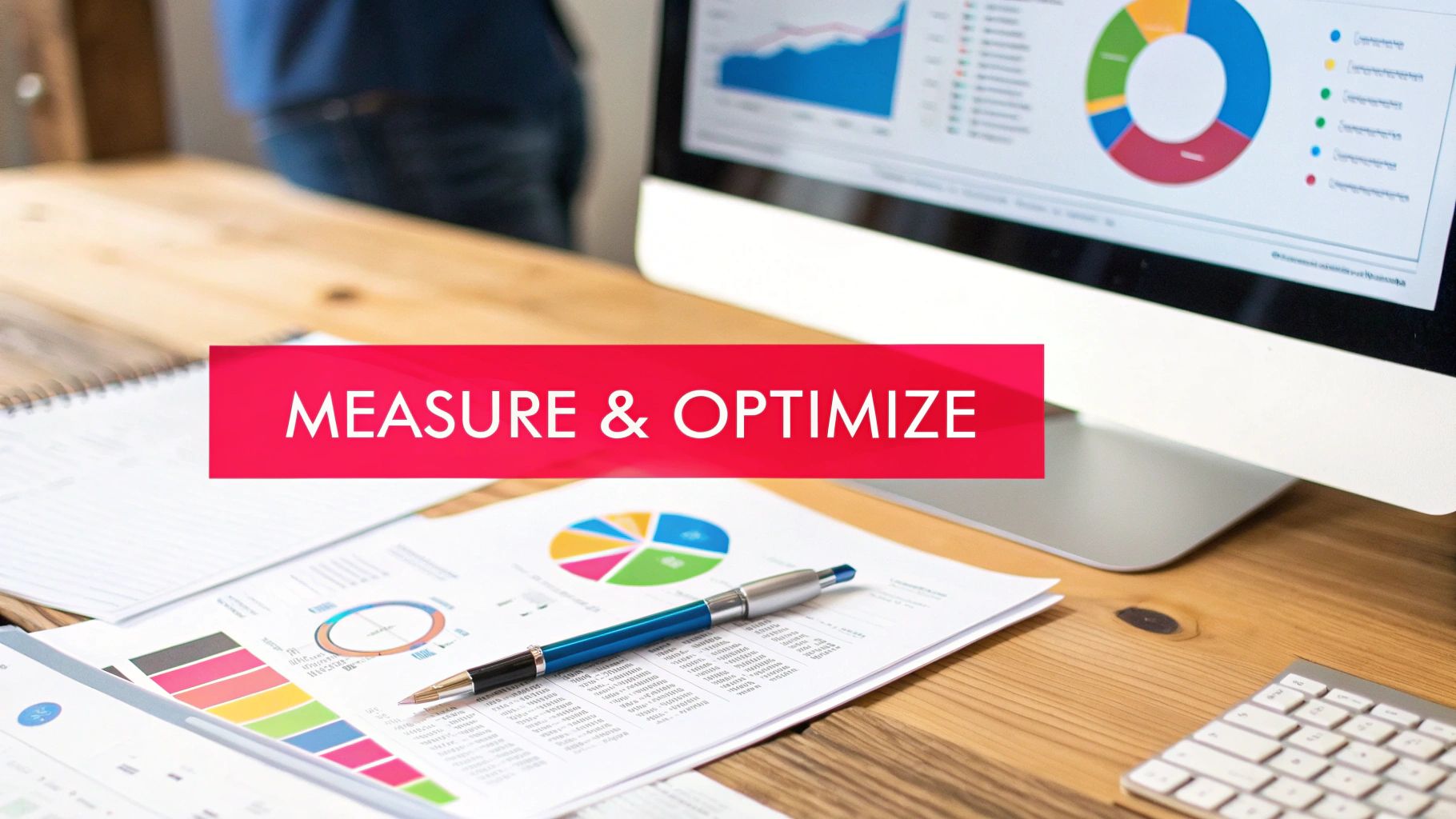
Even the most buttoned-up plan runs into questions. It’s just part of the process. This is where we tackle some of the most common hurdles I see brands face, giving you straightforward advice to help you move forward with confidence.
We'll get into the nitty-gritty, from figuring out your first budget to knowing how long a campaign should actually last. The idea is to clear up those nagging uncertainties so you can get back to what really matters: growing your brand.
How Much Should I Budget for My First Marketing Campaign?
There’s no magic number here. The smartest approach is to work backward from your customer acquisition cost (CAC). Figure out what you can realistically spend to get a new customer and still turn a profit. That number is your north star.
For your very first campaign, don't go all in. Dip your toes in the water with a smaller, controlled budget on one channel you feel good about. A lot of DTC brands I've worked with find a sweet spot between $500-$1000 for a highly targeted social media campaign.
What you learn from that initial test is gold. If it works, you’ll have the data—and the confidence—to start scaling up and exploring other channels.
What Is the Most Common Mistake to Avoid When Creating a Campaign?
Hands down, the biggest and most expensive mistake you can make is not knowing who you’re talking to. Trying to market to everyone means you connect with no one. Your message gets watered down, your channel choices are a shot in the dark, and your budget disappears in a flash.
The campaigns that knock it out of the park are built on a deep, almost obsessive understanding of the ideal customer. You need to know their problems, their wants, and where they hang out online. Building detailed customer personas is non-negotiable.
Seriously, don't skip this part. Getting your audience right makes every other decision—from your ad creative to your influencer partnerships—infinitely easier and more effective.
How Long Should a Marketing Campaign Run?
The right timeline depends entirely on your goal. There's no one-size-fits-all answer, so you have to match the duration to your objective.
Is your campaign tied to a specific event, like a Black Friday sale? Then you’re looking at a short, intense sprint. These usually run for just 2-6 weeks and have a very clear finish line.
But if you’re trying to build brand awareness or run a content marketing play, you're in it for the long haul. Those campaigns are more like marathons, building momentum over months or even years.
When you set your SMART goals, define the timeframe right then and there. For short-term pushes, set a final review date. For ongoing efforts, schedule regular check-ins—maybe quarterly—to see what’s working and what needs tweaking. This keeps your campaign sharp and prevents it from going stale.
Ready to supercharge your marketing campaigns with the perfect creators? JoinBrands connects you with over 250,000 influencers and content creators to amplify your brand's voice and drive real sales. Start your first campaign today on joinbrands.com.

